
views
Preparing a Space

Ask for permission. Before you begin setting up your home lab, you need to make sure that it will be okay with your parents. Ask them to help you choose a space and set it up. You will probably also need their help to pay for some of your new equipment. Your parents are more likely to say yes if you have a plan for your science space. Tell them the types of things you would like to do with the space to convince them that it is a good idea. Create a budget for the tools, supplies, and equipment you’ll want for your science lab to show your parents that you’re serious about your passion.

Choose a work space. You want to make sure the space is big enough for the types of experiments you will be doing. Choose a room or a corner of the room that has enough space for a table and chairs. Mark this area specifically as the “science lab” and keep all of the science experiment supplies in this space. Dedicate an area of the playroom to the “lab” and set up boundaries using bookshelves as walls. Use an old table that can be damaged without consequences.
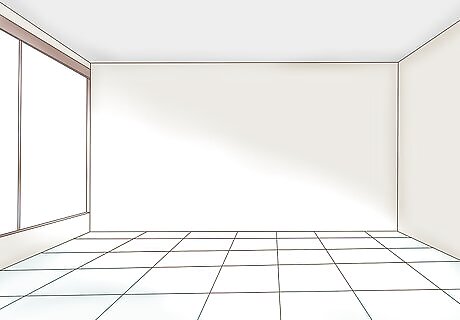
Ensure the space has proper lighting. If possible, set up your lab near a window. A well-lit space allows you to see what you are doing during the experiment. It can be dangerous working in a poorly-lit space. If the overhead lighting is not sufficient, consider purchasing a floor or table lamp to increase the light in the area. This will be particularly helpful if you are doing experiments involving the weather or plants that need sunlight.
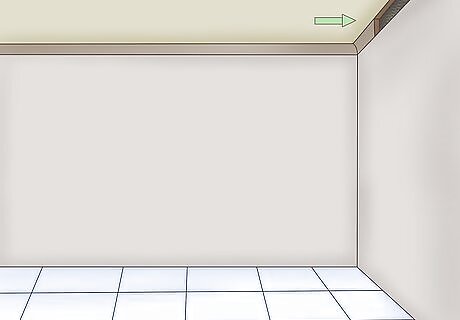
Make sure the room is well-ventilated. Another reason to set up your lab near the window is to provide good ventilation. Some of your experiments may get smelly or may produce potentially harmful fumes. Working in a space with good air circulation is important in these instances. You can use a fan to help circulate the air with the window open during the experiment.

Choose flooring that is linoleum or vinyl. Even if you are being super careful, it is likely that you will spill something during your experiments. If the room you are setting everything up in has carpet, consider getting a plastic mat to place under the workspace to make cleanup easier. In a pinch, you can lay down plastic bags or newspaper during the experiment and clean it all up when you’re finished.

Keep safety equipment nearby. You definitely want to have a fire extinguisher and first aid kit in an easily accessible place. It is best if you can set up your lab near a sink or bathroom. Having running water nearby makes the lab space that much safer in case of emergency. Have a cleaning kit for spills and decontamination nearby as well.
Gathering the Supplies

Obtain all of the proper protective equipment. A true home scientist must also be a safe home scientist. Safety goggles, a lab coat, and gloves are three essentials to any laboratory. You may not need them for every experiment, but it is good to get in the habit of putting your protective equipment on to stay safe. These items can be purchased at education stores or online. Lab coats will also keep your clothes from getting damaged during the experiment.
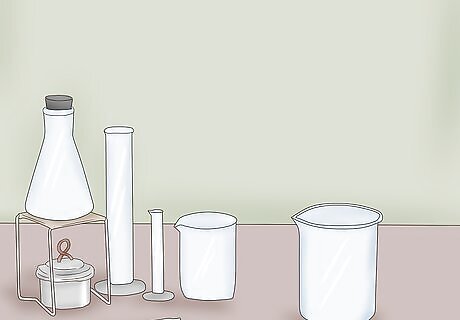
Purchase a starter science kit. There are many kits for kids that have all the basics included in one box. There are kits specific to different subjects as well. It all depends on what you’re interested in. The kits are a good place to start to gather materials needed for future experiments. Some of the components of these kits are reusable so be sure to save them.
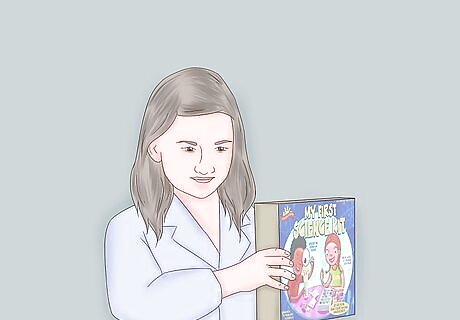
Buy other essential lab equipment. Test tubes, beakers, flasks, and measuring devices are all necessary for the home scientist. Glassware can easily be purchased online. You can use measuring cups like the ones in the kitchen or you can purchase a graduated cylinder to help measure volumes. A scale for weighing things can also be useful. With some creativity, you can use a lot of items around the house for your experiments. Old soda bottles, cans, and take out containers can be very useful.
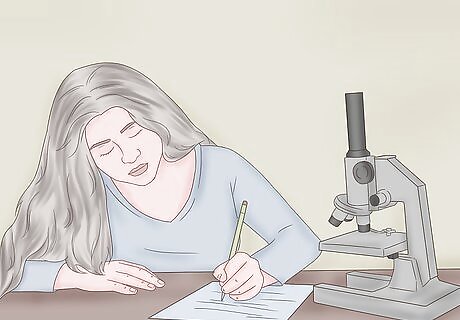
Start a laboratory notebook. Every good scientist keeps track of the experiments that they have done. When you are working on something, take notes in your lab notebook. Make sure to include the date you were working and everything you did. Write down your results as well. If you took pictures, be sure to include those in your notebook.
Setting Up the Lab

Keep the bench space clear. When organizing your lab space, you want to make sure that the table you will be working on is always clear. You will need lots of space for your experiments and you don’t want the bench to be cluttered with items. When doing experiments, keep only the things you’ll need on the bench space. Leave everything else stored away.

Store everything in its special place. Make a dedicated space for all of your lab equipment. This will make it easier to find when you need it later. Keep a set of plastic drawers or a bookshelf near your work bench to make things easily accessible. Return everything to its spot when you’re done with the experiment.
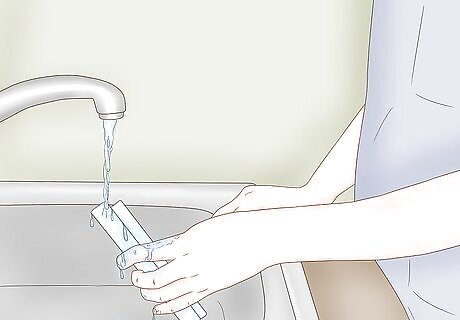
Clean up after every experiment. When you are finished working in your lab, make sure you put everything away and clean your bench space. If anything was spilled, clean it up. Wash all of the containers you used and put them away as well. If your lab coat got messy, take it off and have it washed.



















Comments
0 comment